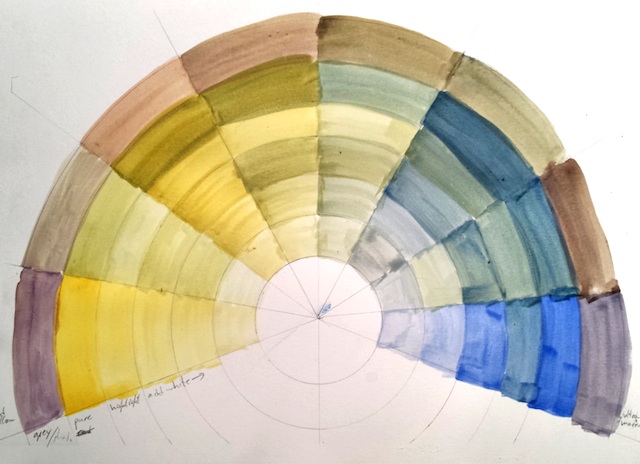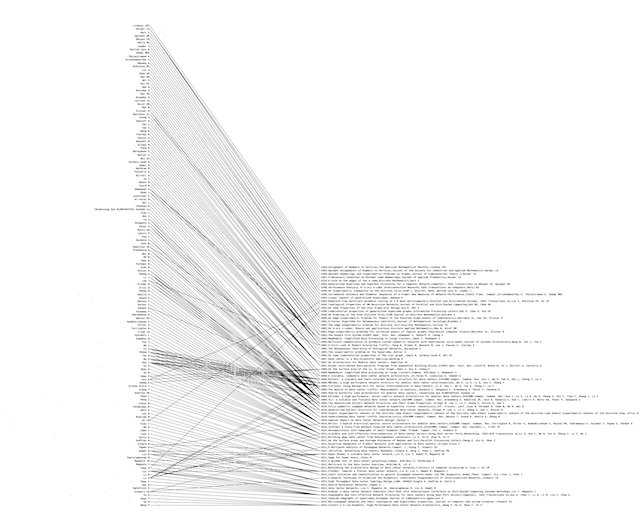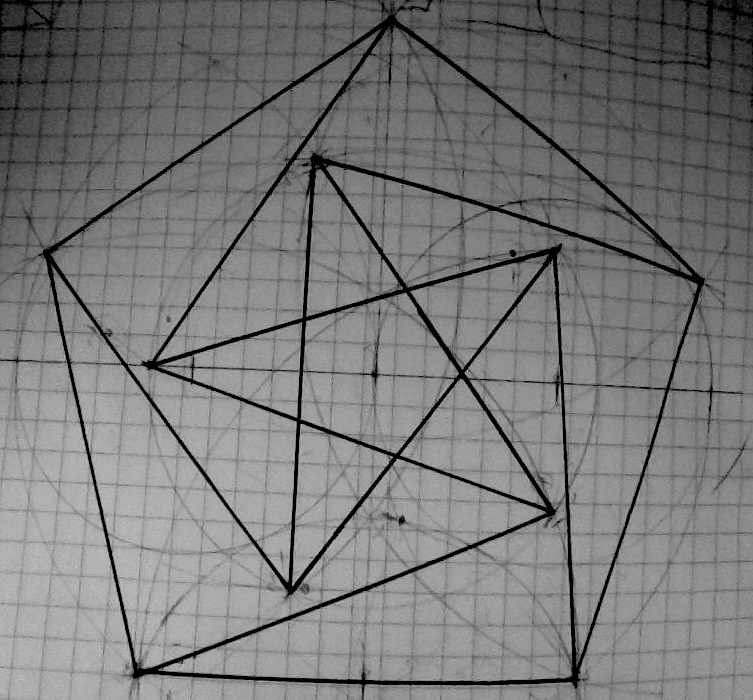I am a Canadian citizen, resident in England, and I have recently learnt some things while getting a UK Driving Licence. First and foremost, the following website is a gold mine:
HOW TO EXCHANGE A CANADIAN DRIVER’S LICENCE FOR UK LICENCE
Read that whole webpage.
There were a few details missing, however, as regards insurance and provisional entitlements, and I will fill those in here. As you will learn at gregwtravels, you can exchange you Canadian licence for a Category B restricted to Automatic (this is code 78).
The first thing I can confirm is that you do not need to have your photos signed if you send in your Canadian passport (i.e. you do not need a UK passport). At the time of this writing gregwtravels says “I take that to mean that an up-to-date Canadian passport is identity enough.”. Yes, it was enough for me, and if you read the instructions that come with the D1 form, you can reassure yourself of this.
To fully understand the codes on your licence, you should refer to the following document:
Information on driving licences INS57P
The INS57P is the pamphlet code at the time of this writing, in case the link goes dead. You should be able to find the same pamphlet by searching for INS57P driving licences.
INS57P also tells you that you can find your provisional entitlements on your “Counterpart Driving Licence”, which is the paper document that came in the mail with your photocard. This is where you can verify gregwtravels’ claim that you can drive a Category B (without restriction) as a provisional driver. I have checked with a human at the DVLA, to confirm that you must be accompanied by a fully licenced (IN THE UK) Category B driver for this to work (i.e. not your Canadian partner who is still on their international driver’s licence).
The next question for me was “How do I insure myself to take the test in my own car?”. You need insurance that covers you as a provisional driver, plus the car must have its own “full” insurance. This cost me 85 GBP from , but at the time of this writing, I have not confirmed that my setup works. That is, I think I am covered because:
- I also own the full car insurance (with my wife also listed),
- I own the car,
- the car is the correct category (B) and below the maximum value,
- the car is taxed and MOTed; and,
- I am provisionally entitled to drive this type of car. There are three pitfalls, however, that might apply (which I will clear up when I talk to a human at provisionalmarmalade); perhaps owning the main insurance voids the provisional insurance; and, perhaps the insurance is not valid during the test (this is apparently the policy of ecar insurance!); perhaps the fully UK Category B licenced driver needs to be listed on the full insurance of the car. Update: The following quotes from my insurance terms and conditions (and schedule) clear up the above doubts, more or less confirming that I am covered during my test, and that I can drive when supervised by a driver meeting the conditions mentioned: “Driver to be accompanied — (Name) We will not provide cover while your vehicle is being driven by, or is in the charge of, the person(s) named above unless that person is accompanied at all times. The accompanying person must be 25 or over and must hold a current full UK driving licence which has been issued for at least three years. These restrictions do not apply if the accompanying person is a Department of Transport approved driving instructor or examiner.” and “Emergency and ‘Get Your Vehicle Home’ Cover While you are receiving driving tuition or undergoing an official DSA practical driving test, we will extend the cover if it is necessary because of an emergency or other exceptional circumstances to allow your accompanying full UK licence holder (who must be over 25 years of age and must have held such licence for a minimum of 3 years or who must be a qualified DSA Examiner) to drive the insured vehicle in order to complete the journey.” The full terms and conditions are available on their website here, and I have posted a copy here. To book the test itself, I went to the website recommended on gregwtravels called Book your driving test. I called the DVSA booking support number, and chose options 02, and then option 6 (other). (I was tempted by option 2, DVLA enquiry at phone 03007906801, but I do not think this is a correct option.) The test cost me 62 GBP. Finally, I did book one driving lesson, which cost 44 GBP., , ,
If you have ever traveled to give a mathematical talk at a conference, you may have encountered the following situation:
- Your slides are in LaTeX (beamer).
- You would like to leave your laptop at home.
- You have a tablet or smart phone.
- You would like to be able to make last minute changes to your slides.
I have found a cloud-based solution to this problem, but first, I’ll give a backup solution: Use TeamViewer to log into a computer back home to compile LaTeX.
The real discovery, however, is cloud.sagemath.com. One of its many features (for mathematics-related sciences) is a full latex installation. It also has a nice interface which makes it easy to batch upload your LaTeX source files.

Hardware Requirements: Smart phone or tablet with an adaptor for usb drive. USB drive.
Upload your LaTeX source to the cloud and test compile while you are at home. Put any files you might change into your tablet and make sure you have a .tex-capable editor installed. Upload a changed file to the cloud, use the compile command in your mobile browser, and then download the compiled pdf. Use you adaptor and file browser on the tablet to put the pdf onto a USB drive, and you are good to go!
Now hopefully you won’t have to make a change to your slides, but it is still better than lugging your laptop around on the vacation you tacked onto the all-expenses paid conference ;)0614Screen Shot 2014-06-17 at 13.29.30.png, , ,
I created a BibDesk template which exports some code executable in Sage. The output is a graphic with authors on the left connected by lines to their publications on the right.
It is good for familiarising yourself with the authors of your bibliography.
To use it, execute the template on some BibDesk entries sorted by year, and execute them in a sage notebook.
Download it at https://github.com/alejandroerickson/BibGraph-for-BibDesk
“You just want to give the impression of bushes,” said my painting instructor.
What is an “impression” of the Petersen graph? The tension between art and mathematical concepts often sets artistic expression against details, similar to my instructor’s trees. A “mathematical impressionism” emerges in which the scene is a mathematical concept, and the impressionist delivers their artistic representation of it.
I challenged myself to explicitly highlight several mathematical concepts in
“Five 2-Colourings of the Petersen Graph”, and to give a tastefully
didactic impression of this champion of discrete
mathematics. 
Please view all six works by clicking the buttons inside the box below.

Sources and Other Details:
The Petersen graph is a beautiful graph. At least, that is what graph theorists will tell you, time and again, yet, a Google image search reveals a jumble of dots connected by lines. At best, these drawings are sometimes star-shaped, or possess some symmetry, but their mathematical beauty is often quite hidden to the layperson. I was thus inspired to paint five portraits that show the Petersen graph’s potential for visual beauty.
Here, in the “about the works” page, I explain how I went about making the drawings and writing the description. The five paintings of the graph are penned with acrylic india ink, using various calligraphy nibs, and they are coloured with ultramarine blue and cadmium yellow watercolours. I also used small amounts of other colours to create shades and highlights. The calligraphy was also done with a pen dipped in acrylic india ink, and the tatami frieze patterns were done with green archival stamp ink, using little stamps carved in pencil erasers. Finally, the mixed-media version of the 6-cycle drawing is done with old kodak photo development sheets in some version of cyan, magenta, yellow, and “transparent”.

Four of the five paintings of the graph have 5-fold symmetry, and to draw these accurately and efficently, I used the compass and straight-edge construction for a pentagon given at Math Open Reference.
Inevitably, I had to refresh my memory and learn some new things about the graph. The main resources I used are Wikipedia, this explanation of the cycle-double-cover conjecture, several pages about the real projective plane, about embedding in the RPP, about various other things, the Kneser graphs, and finally, I had some help with the unit-distance drawing. In addition, I received some very helpful communications from Prof. Matt DeVos of Simon Fraser University.
One major challenge was the fact that I did not know how to paint when I started this project. I began with basic brushing and blending techniques by Lorraine Watry, and then lessons on using colours, by Dennis Clark and a newly acquired colour wheel. Following this, I painted about 40 experimental versions over photocopies of the pen drawings of my graphs.

The bottom line was that I felt that I gained enough experience to properly use
two colours. 
After a brief study of ultramarine blue and cadmium yellow, I began to work on the final pieces…

The works are on display at the
School of Engineering and Computing Sciences, at
Durham
University. 

Tatami Frieze patterns
I used tatami coverings of infinite strip, related to my
PhD dissertation to decorate the text. These
are (exact) coverings of an infinitely wide strip with $1\times 1$ and $1\times 2$
and $2\times 1$ tiles in which no four tiles meet at one point. The coverings I
used represent the 7 distinct frieze
patterns. 
About Alejandro Erickson:
Alejandro is a self-taught visual artist with a background in mathematics and theoretical computer science. Born in Vancouver, Canada in 1982, Alejandro took to photography and other art projects at a young age. in 2009 he combined his interests in art and mathematics to produce a traveling show of mathematical sculptures, varying from palm sized pieces to monumental works up to two stories tall. Some of these continue to travel with Math Catcher, a project which has the purpose of inspiring young Aboriginal students and their peers with mathematics. In 2010, Alejandro co-designed and commercialised Zero sumZ and Zero sumZ mini; a challenging mathematical card game with very simple rules, similar to the Set Card Game. Alejandro realised the concept central to his doctoral work on locally restricted tilings as a mechanical sculpture which was published and demonstrated as TatamiMaker in 2013 at an international conference on Math and Art, called Bridges.
Alejandro is a postdoctoral research associate at Durham University in the UK, and he dedicates much of his spare time to experiments in Art and Math.
Please contact alejandro.erickson(remove this bit) at gmail.com for comments and inquiries about sales, leases, or commissions.

This is a humourous humus recipe that appeared in a cookbook that was compiled at Simon Fraser University, for a United Way fundraiser in 2002. It can still be found at www.sfu.ca/cookbook/humus.htm
The recording is by Alejandro Erickson, and is posted here with permission from Tom Brown. Please be sure to include this meta-data if you are re-posting the file., , ,



